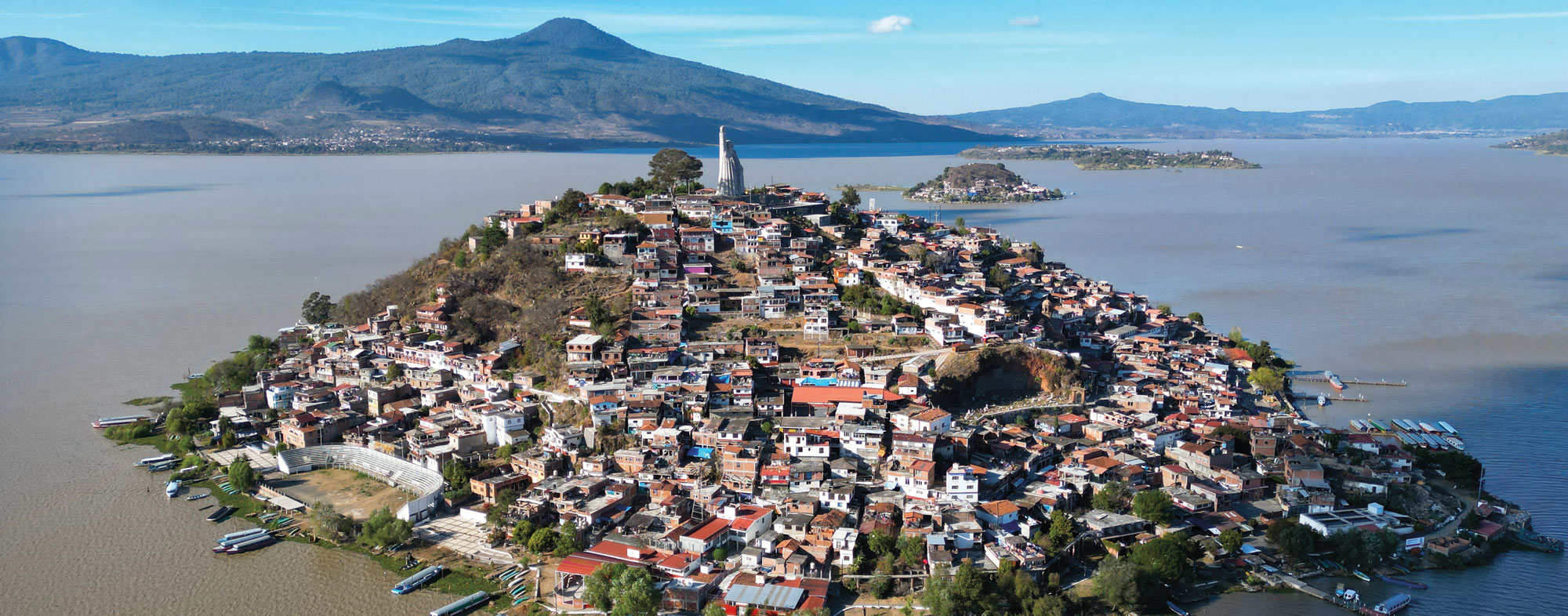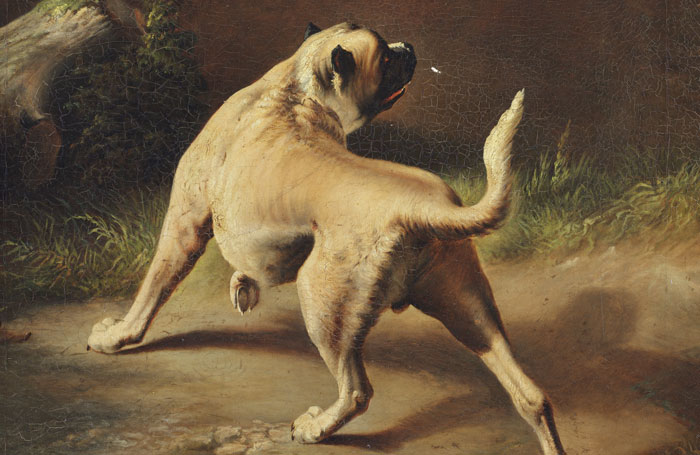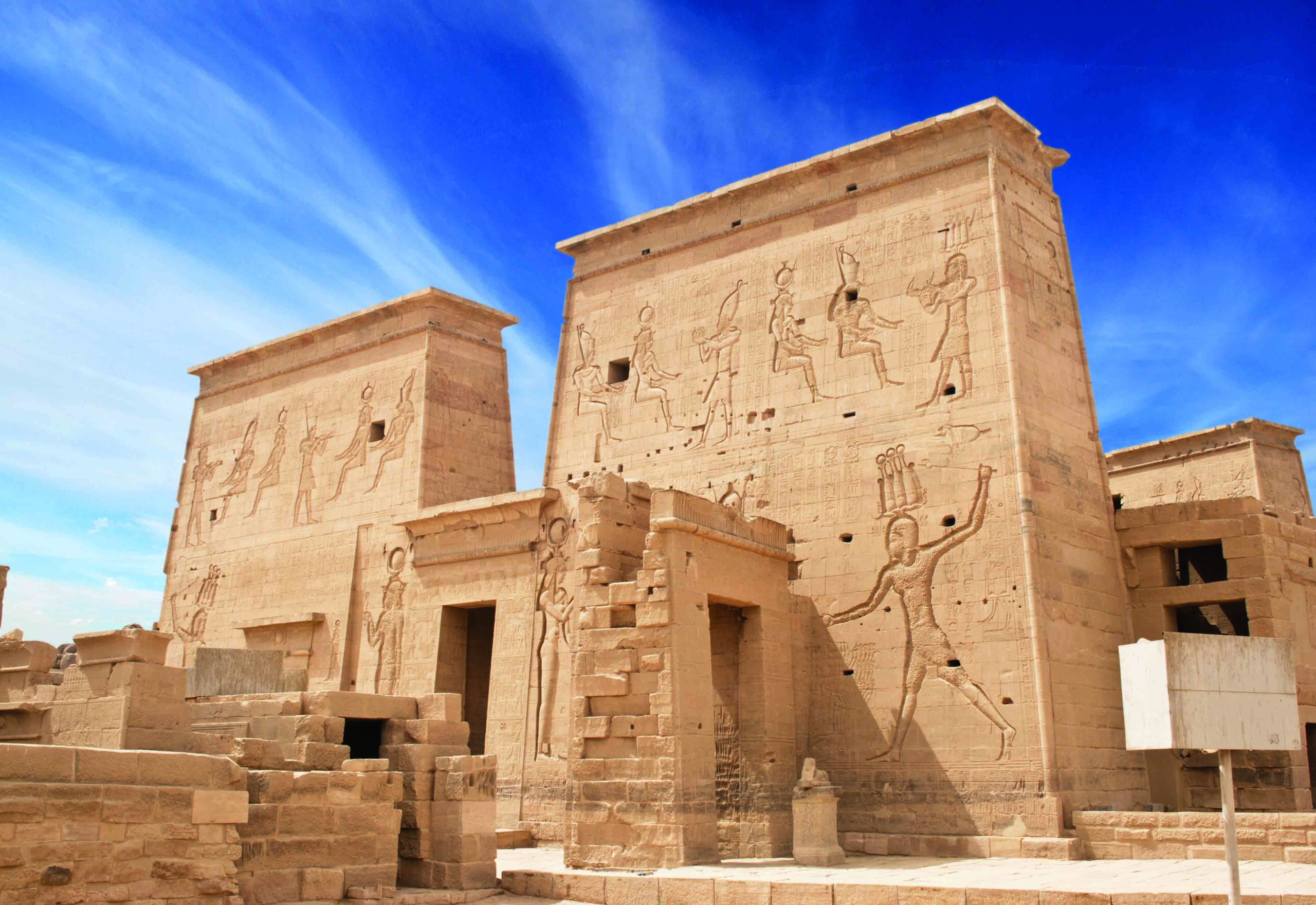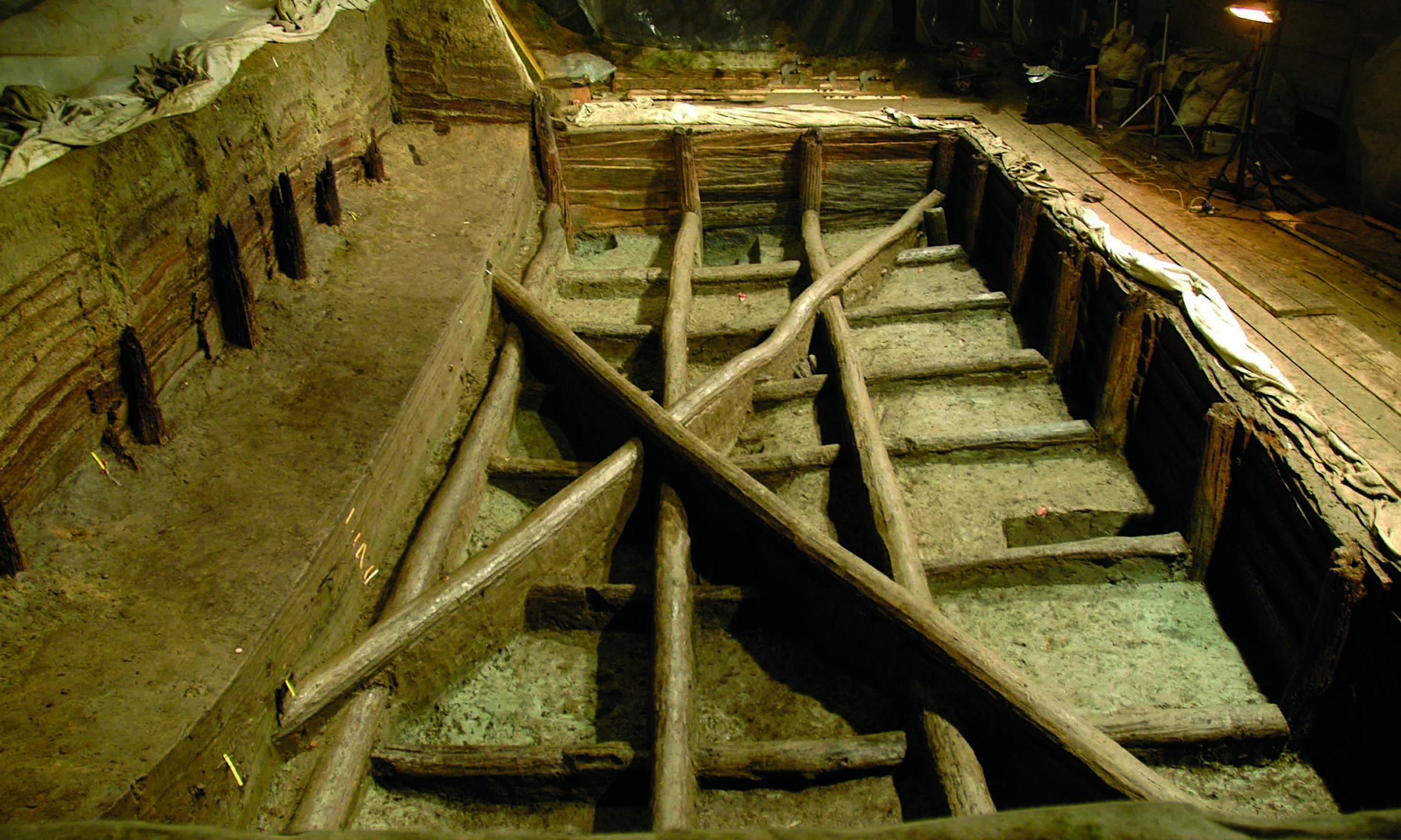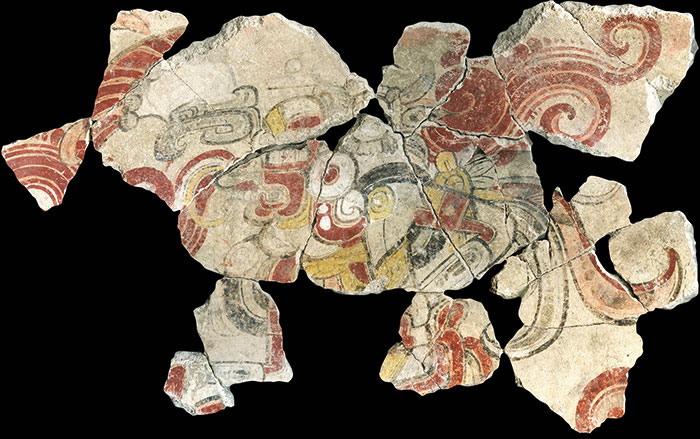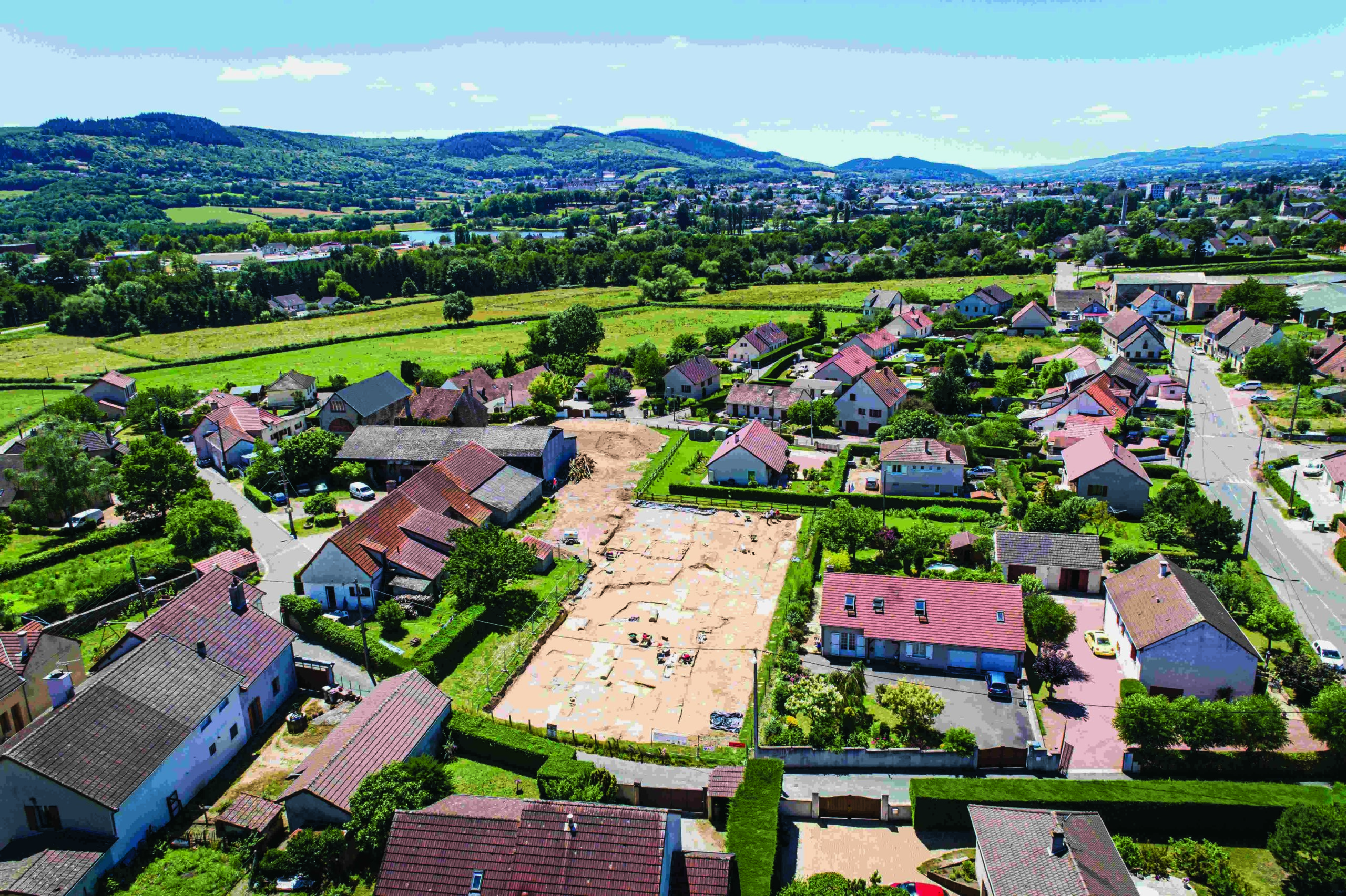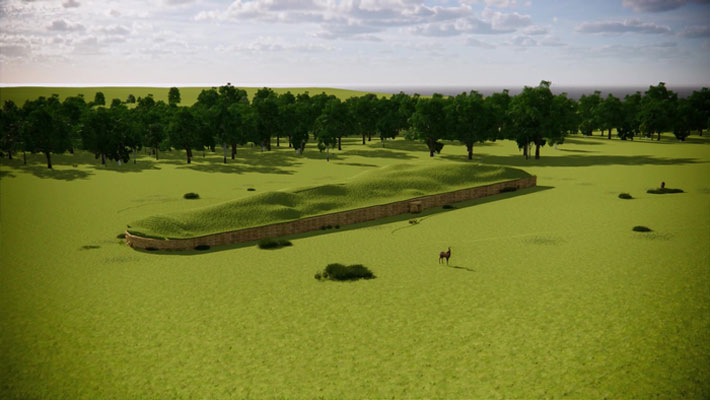
HAZLETON, ENGLAND—A DNA study conducted by an international team of researchers has revealed that 27 of the 35 people buried in the Hazleton North tomb, a 5,700-year-old barrow in southwest England, belonged to five generations of a lineage descended from one man and four women, according to a Live Science report. Population geneticist Iñigo Olalde of the University of Basque Country and his colleagues suggest the man had more than one wife at a time, rather than one wife after another. The barrow was split into two L-shaped chambers. The tests showed that the descendants of two of these women were buried in the northern chamber, and the descendants of the other two were buried in the southern chamber. The men were usually buried near their fathers and brothers. Two daughters who died in childhood were found in the tomb, but no adult daughters had been buried there. This suggests that family connections were made through male relatives, although four of the men in the tomb were only connected through their mothers, Olalde said. Three women and five men buried in the tomb were found to have no genetic relationship to the family. The women may have been married to men in the tomb, and then had no children or only daughters, he explained. The genetically unrelated men may have been adopted or had another sort of connection to the family. Read the original scholarly article about this research in Nature. For more on Neolithic England, go to "Neolithic Henge Feasts," one of ARCHAEOLOGY's Top 10 Discoveries of 2019.


